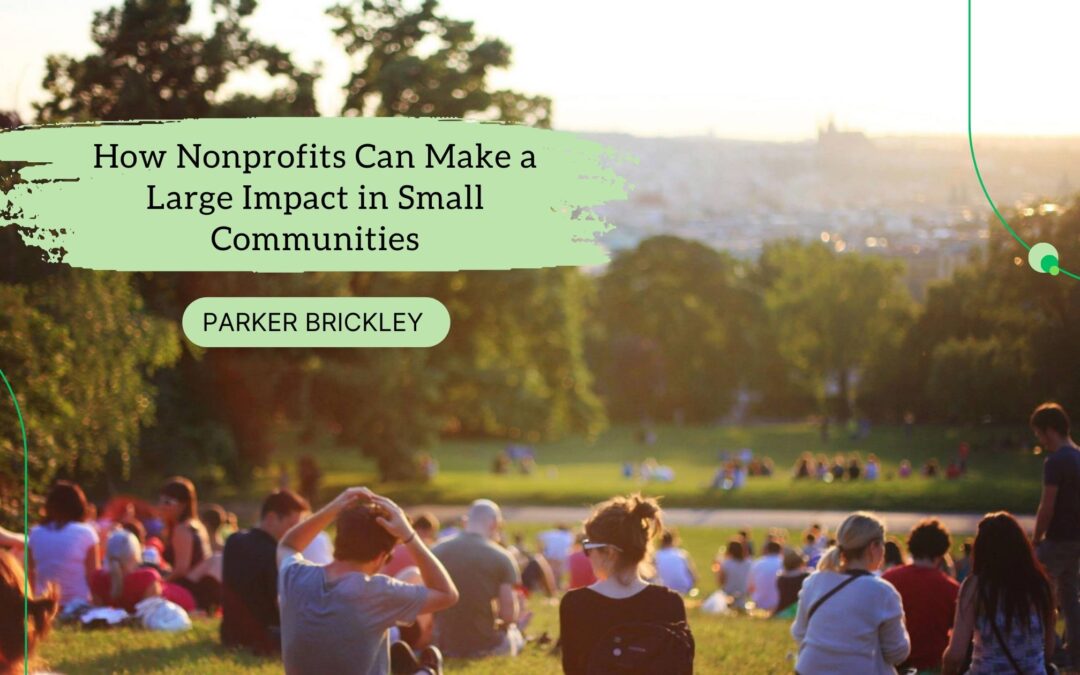Nonprofit organizations have always been indispensable in driving change and improving societal well-being. While it’s easy to see the value these groups bring to large metropolitan areas, it’s essential to recognize that they can also have a transformative effect on small communities. Within these intimate settings, a single initiative can touch almost every resident, catalyze community-wide dialogue, and even reshape local culture. By understanding the nuances of small communities and tailoring their strategies accordingly, nonprofits have the power to make profound, long-lasting impacts that ripple through generations.
Historically, small communities have often been overlooked by more extensive national and international nonprofit organizations. This oversight is typically due to limited resources, population size, or the misconception that larger cities present more significant opportunities for impact. However, these smaller localities harbor tight-knit relationships, shared experiences, and an inherent trust that larger urban areas often lack. This closeness can be a powerful tool for nonprofits, as residents can more readily rally around a common cause, creating momentum that may be harder to achieve in more extensive settings.
Utilizing Local Insights
One of the most vital assets in small communities is the deep-rooted knowledge and understanding among its members. Nonprofits can harness this by engaging locals in decision-making processes, program design, and implementation. By doing so, organizations can ensure that initiatives are culturally relevant, meet the community’s needs, and benefit from local insights that outsiders might overlook. Furthermore, involving community members fosters a sense of ownership and commitment to the cause, enhancing the chances of long-term success and sustainability of the projects. It’s a symbiotic relationship where nonprofits provide resources and expertise while the community ensures alignment and authenticity.
Building Trust and Relationships
Trust is the cornerstone of any successful initiative in a small community. Given the interconnected nature of relationships within these settings, word travels fast. For nonprofits, developing genuine connections with locals must come first. Regular town hall meetings, openness in business practices, and proactive cooperation with local authorities all help accomplish this. Once trust is established, community members are more likely to volunteer, donate, and become advocates for the cause. The ripple effect of a single trusted relationship in a small community can lead to widespread support, ensuring the long-term success of an initiative.
Leveraging Local Resources
While financial resources are vital, small communities often possess a wealth of non-monetary assets that nonprofits can tap into. This includes local skills, traditional knowledge, communal spaces, and natural resources. For instance, a community with a solid agricultural background might offer land or expertise to support a food sustainability program. Nonprofits can collaborate with local businesses, schools, and religious institutions, which often have a vested interest in community welfare. By leveraging these resources, nonprofits not only reduce the costs associated with their programs but also integrate their initiatives more deeply into the community’s fabric, ensuring they’re not seen as outsiders but as partners in progress.
Working in small communities presents a unique set of challenges and opportunities for nonprofits. However, with a genuine commitment to understanding and respecting local dynamics, these organizations can achieve remarkable outcomes. The key lies in active collaboration, leveraging local assets, and cultivating trust. While the immediate numerical impact might seem minor compared to larger urban projects, the depth of the effect and the potential for long-lasting change in these tight-knit communities is unparalleled. As nonprofits chart their course, they must recognize the untapped potential of small communities, remembering that true impact is not always measured in numbers but in the depth of positive change achieved.

